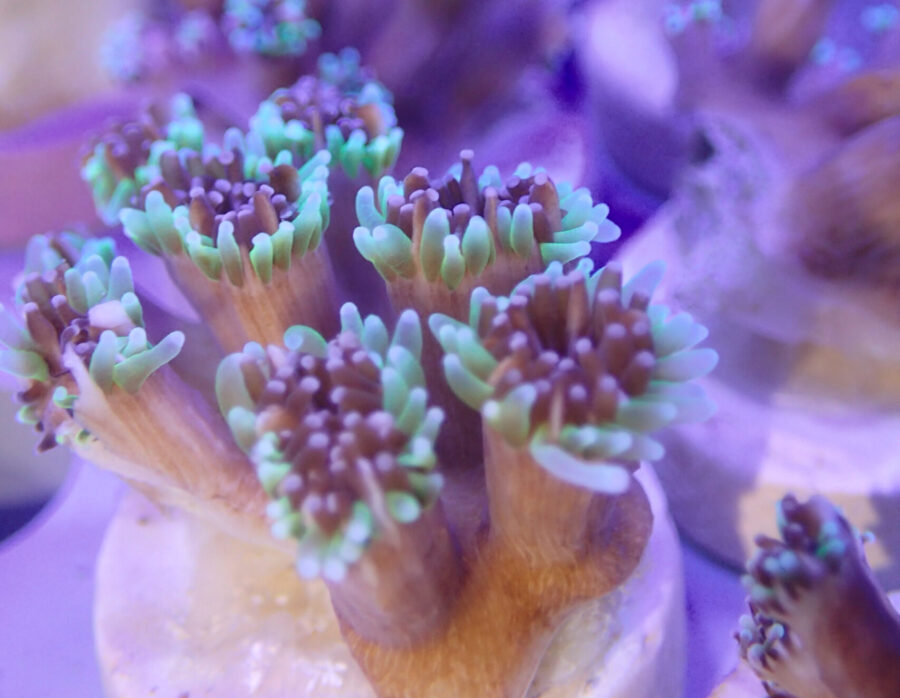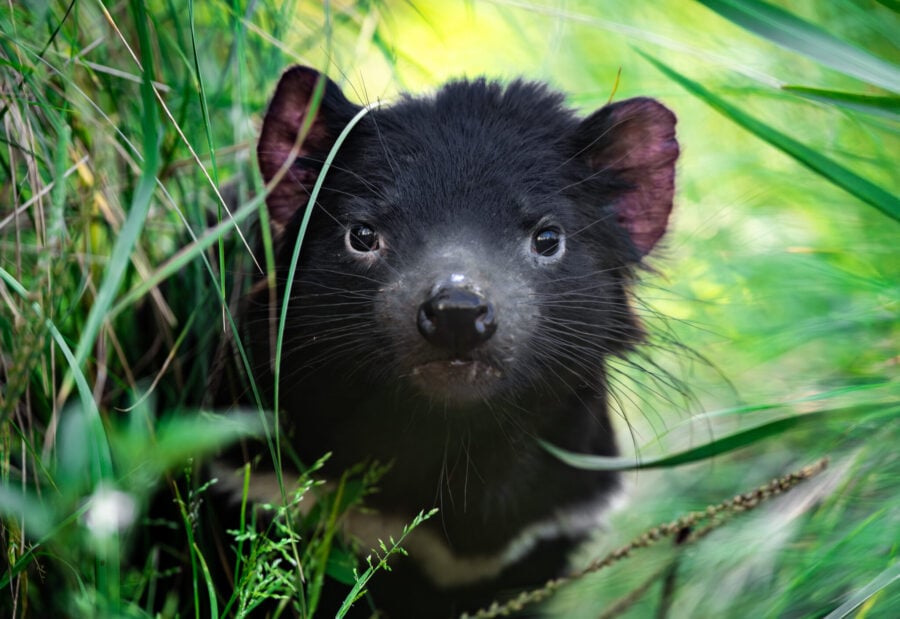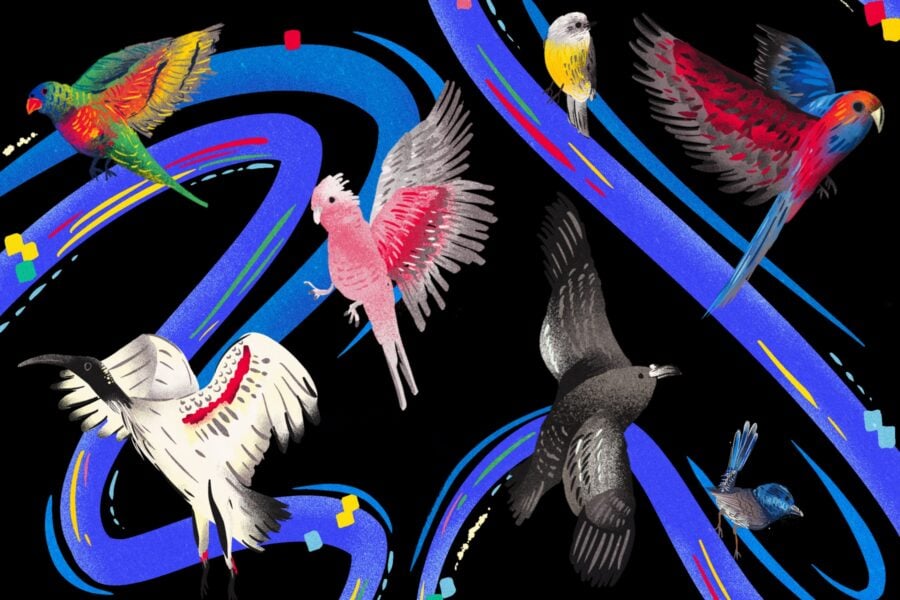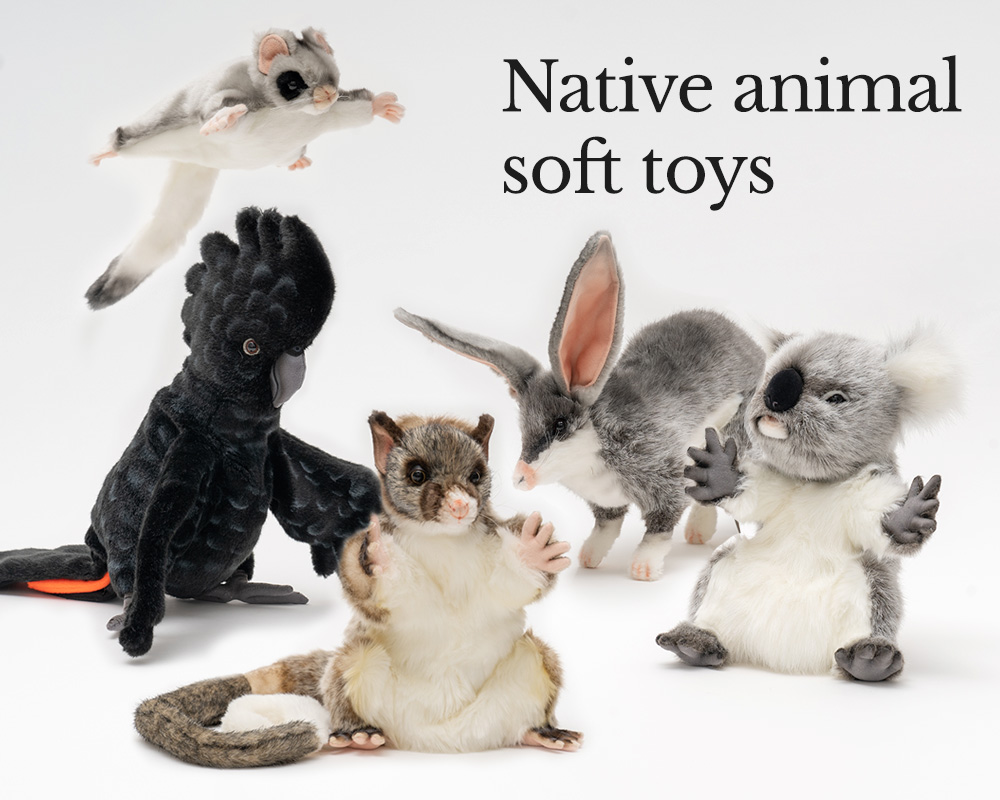Friend or foe: What does the discovery of five new coral species mean for the Great Barrier Reef?
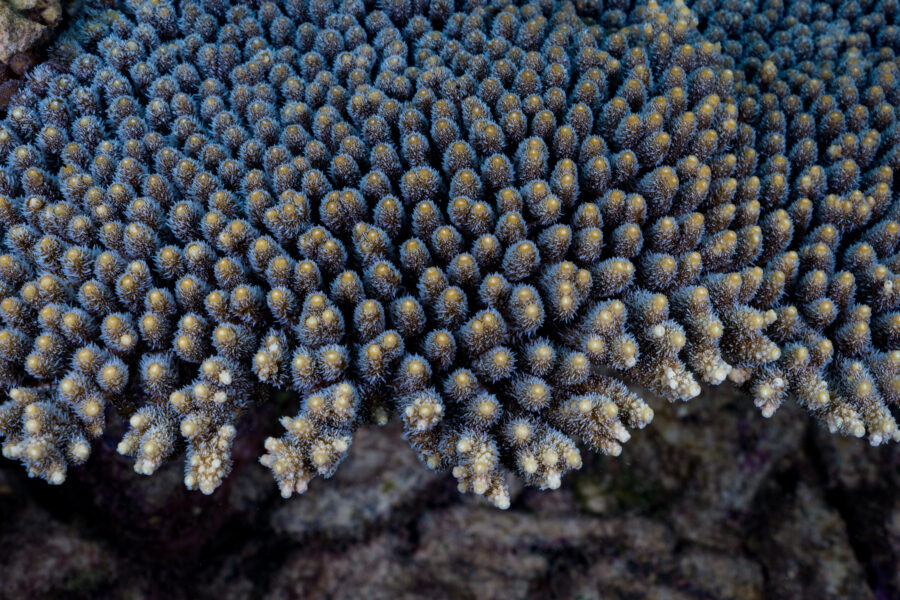
James Cook University (JCU) scientists worked with international researchers at Queensland Museum’s CoralBank Project to compare new samples of table corals with original specimens collected more than 100 years ago.
The DNA and shape of skeletons from newly collected corals were compared with historical specimens from more than 20 museums around the world and genomic data from more than 5000 coral colonies from Queensland Museum’s CoralBank.
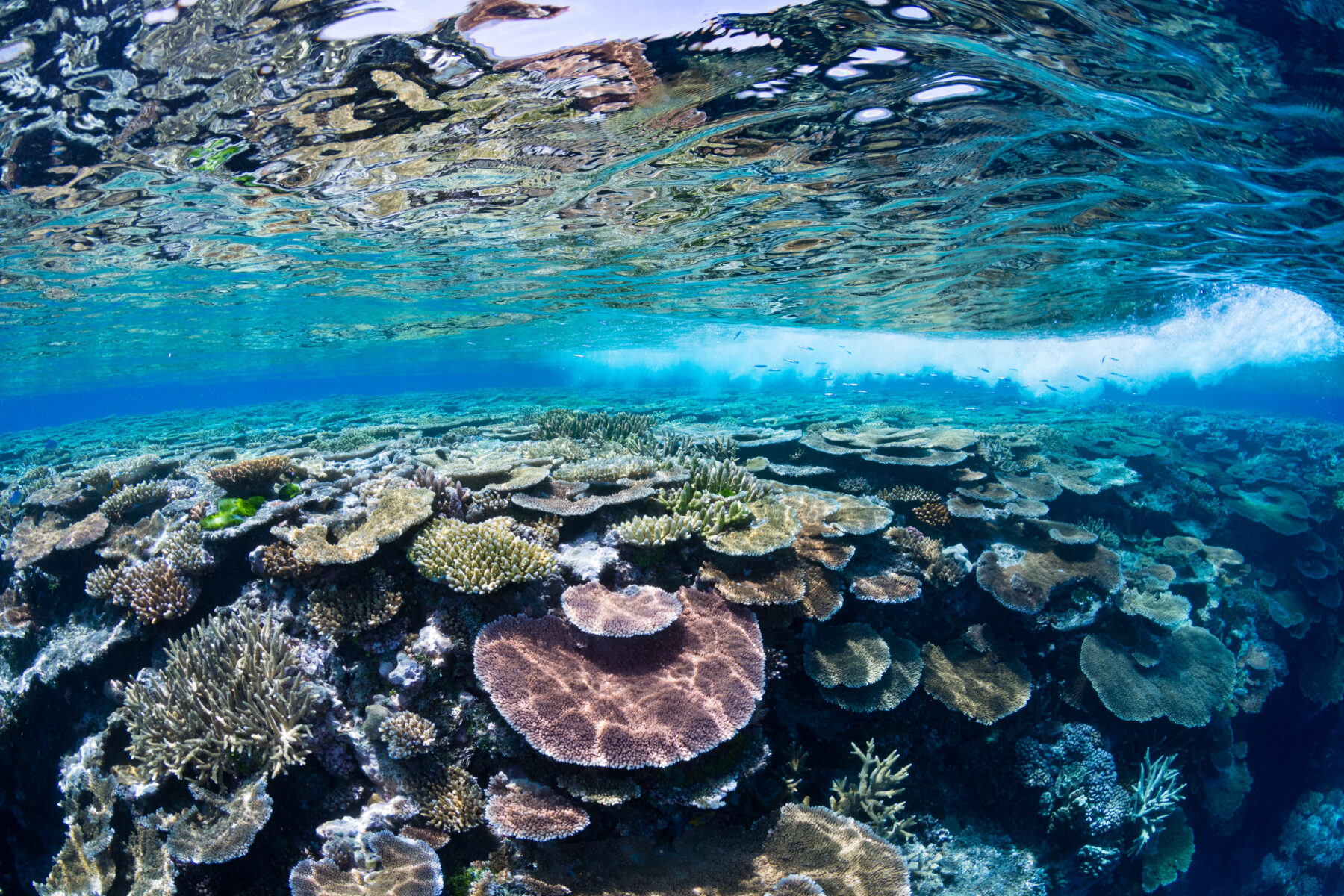
The research revealed what was initially believed to be a single coral species was actually an entire group of species but with a much smaller geographic range.
The five new species include:
- Acropora tersa – identified from the Great Barrier reef and across the western Pacific
- Acropora kalindae – only found on the Great Barrier Reef
- Acropora nyinggulu – identified from Western Australia’s Ningaloo Reef (Coral Bay) and potentially as far away from southern Japan
- Acropora harriottae – identified from New South Wales’ North Solitary Island, Lord Howe and the southern Great Barrier Reef; and
- Acropora uogi – identified in the north-west Pacific – currently known from Guam in the Northern Mariana Islands and Pohnpei in the Caroline Islands, Micronesia.
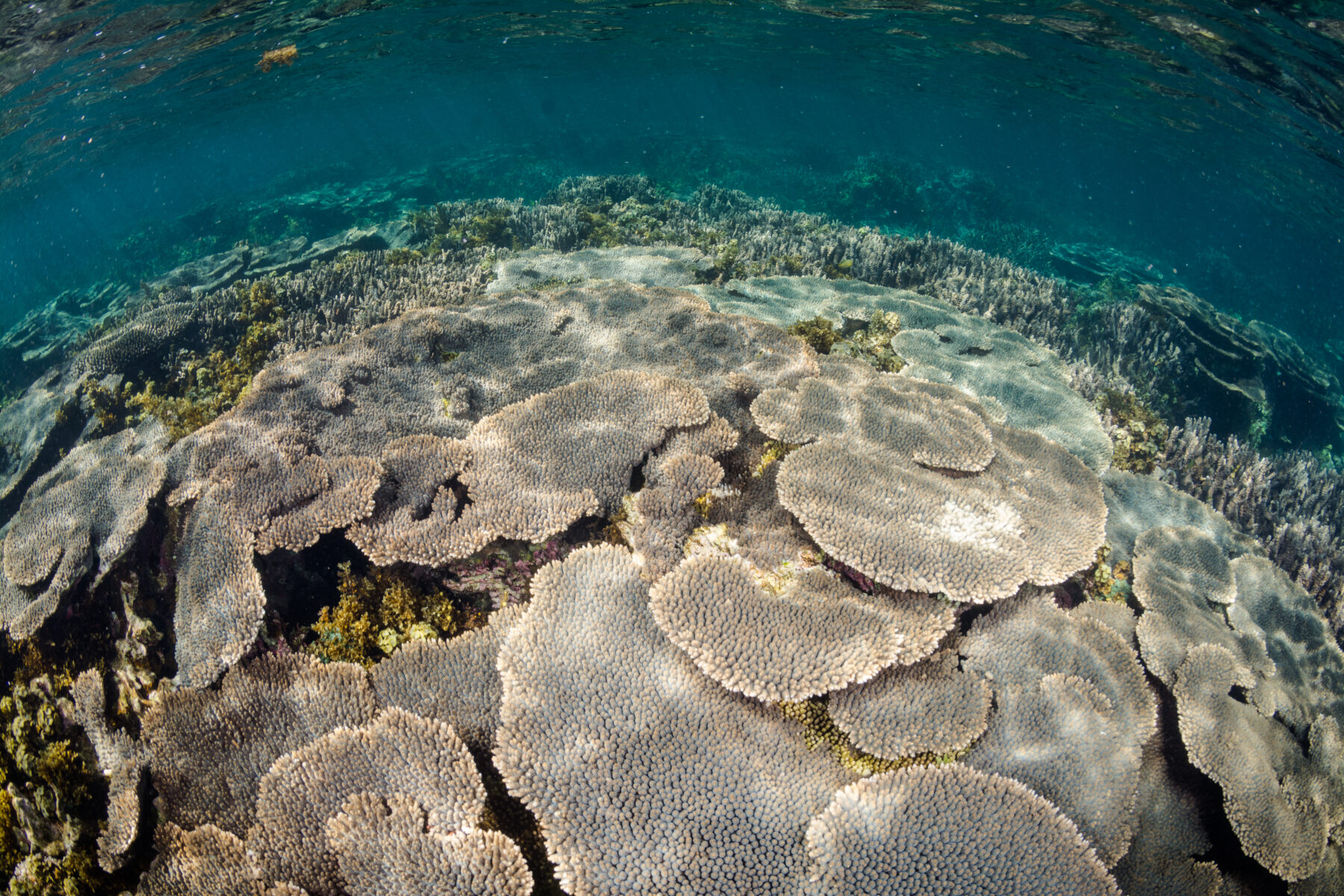
Queensland Museum Senior Curator of Corals and JCU Associate Professor Dr Tom Bridge said the findings have “important implications” for reef management and restoration amid warning of the risk of “silent extinctions” of certain coral species.
“Species with small ranges are more vulnerable to extinction, especially as coral bleaching and climate impacts intensify across the Indo-Pacific,” he said.
“Immediate implications for conservation are that many species have much smaller geographical ranges than previously assumed. So, the idea that if there is a bleaching or whatever on the Great Barrier Reef corals will just come back from other parts of the Indo-Pacific is not true on any ecologically relevant timescale – there are very distinct faunas in different areas.
“This is particularly the case for Lord Howe Island. Until recently, it was assumed that the fauna was composed of species that were found on the Great Barrier Reef, with many of them occurring as far away as the Red Sea.
“We know now that many of these species are endemic to the Tasman Sea, and potentially at high risk of ‘silent extinction’ – where they go extinct without us even realising.”
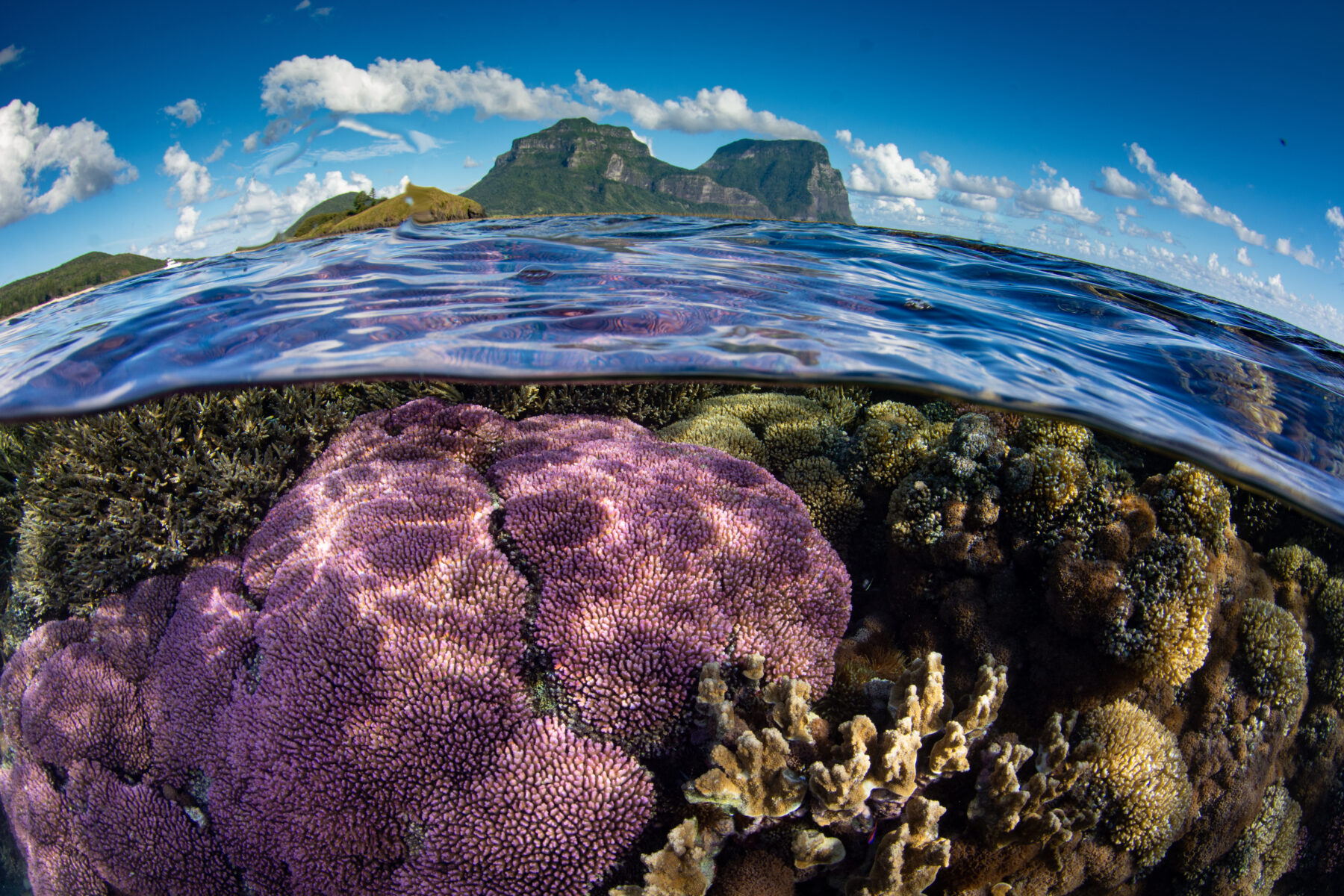
Dr Bridge said the research spells broader implications for assessing reef interventions, likening the risks to that of introducing the cane toad to Australia to control cane beetles in the 1930s.
“Proposals to move corals from one area to another need to be very carefully considered because our research shows there is a real danger of introducing species to new areas outside of their native range,” he said.
“This could result in failure and waste of resources because the introduced species is not suited to the new habitat. For example, introducing tropical species to subtropical Lord Howe Island, or potentially even worse, issues like the introduction of diseases.
“I often use the example of the cane toad as a cautionary tale of the unintended consequences of biological interventions that aren’t very carefully thought through and based on robust science.”
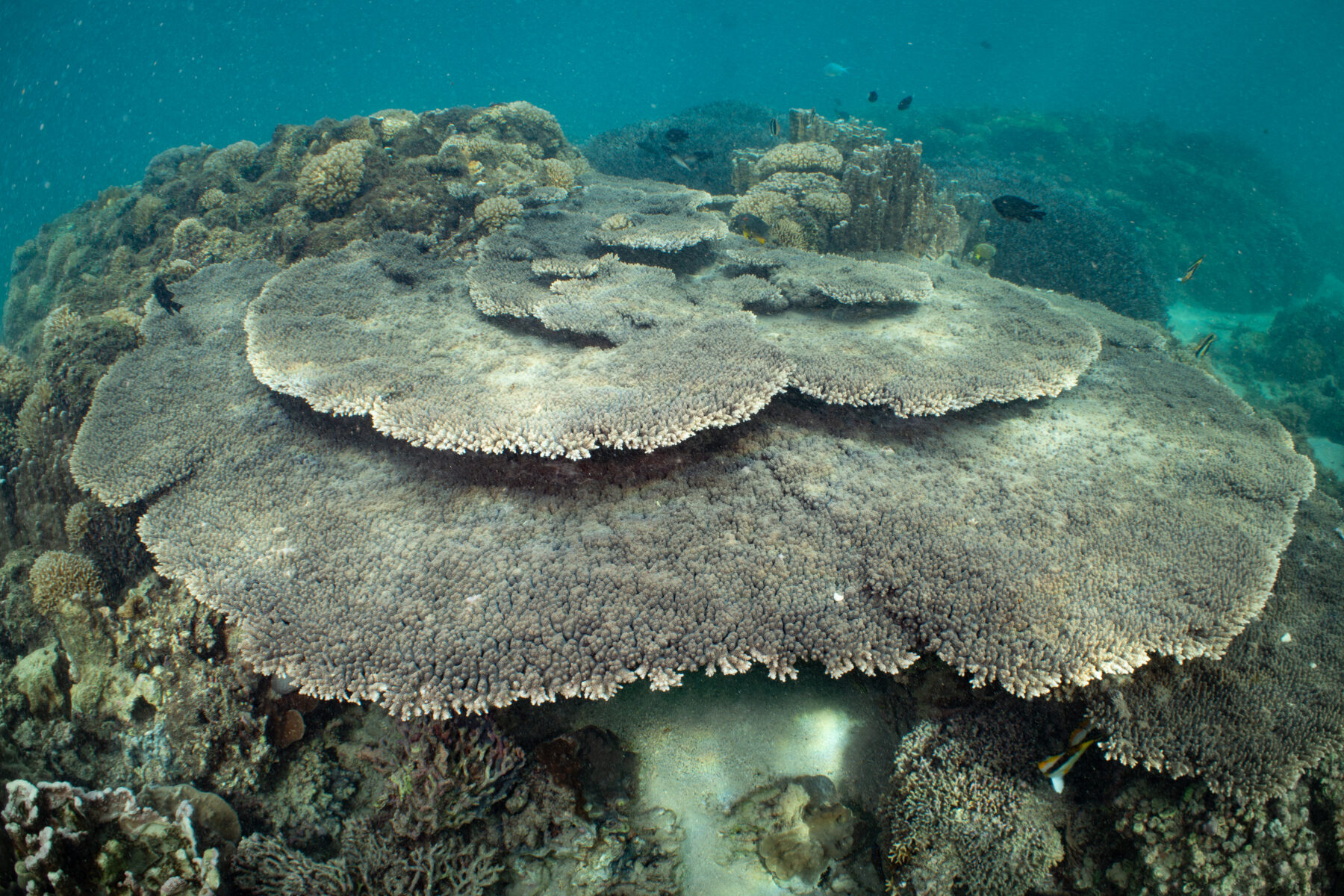
Dr Bridge said while estimates vary, worldwide there are currently around 2400 species of reef corals that have been described, with about 900 of these considered valid, however this latest research demonstrates these estimates should be dramatically revised.
Great Barrier Reef Marine Park Authority (GBRMPA) Chief Scientist Dr Roger Beeden welcomed the research and the use of genetic tools to deliver the findings.
“Understanding this can help us think about how we may target management actions. What’s probably the case of these corals is they’ve evolved because it happens to suit them,” he said.
“There are temperature gradients even within the Great Barrier Reef, so if there were specific species to places like Lord Howe Island, you’d have to think carefully about that if you were doing rehabilitation work.
“Corals have an inherent resilience and it is important to understand if a species has quite a restricted range because they may be more vulnerable to local losses.
“The critical point is understanding which species [are] out there.”
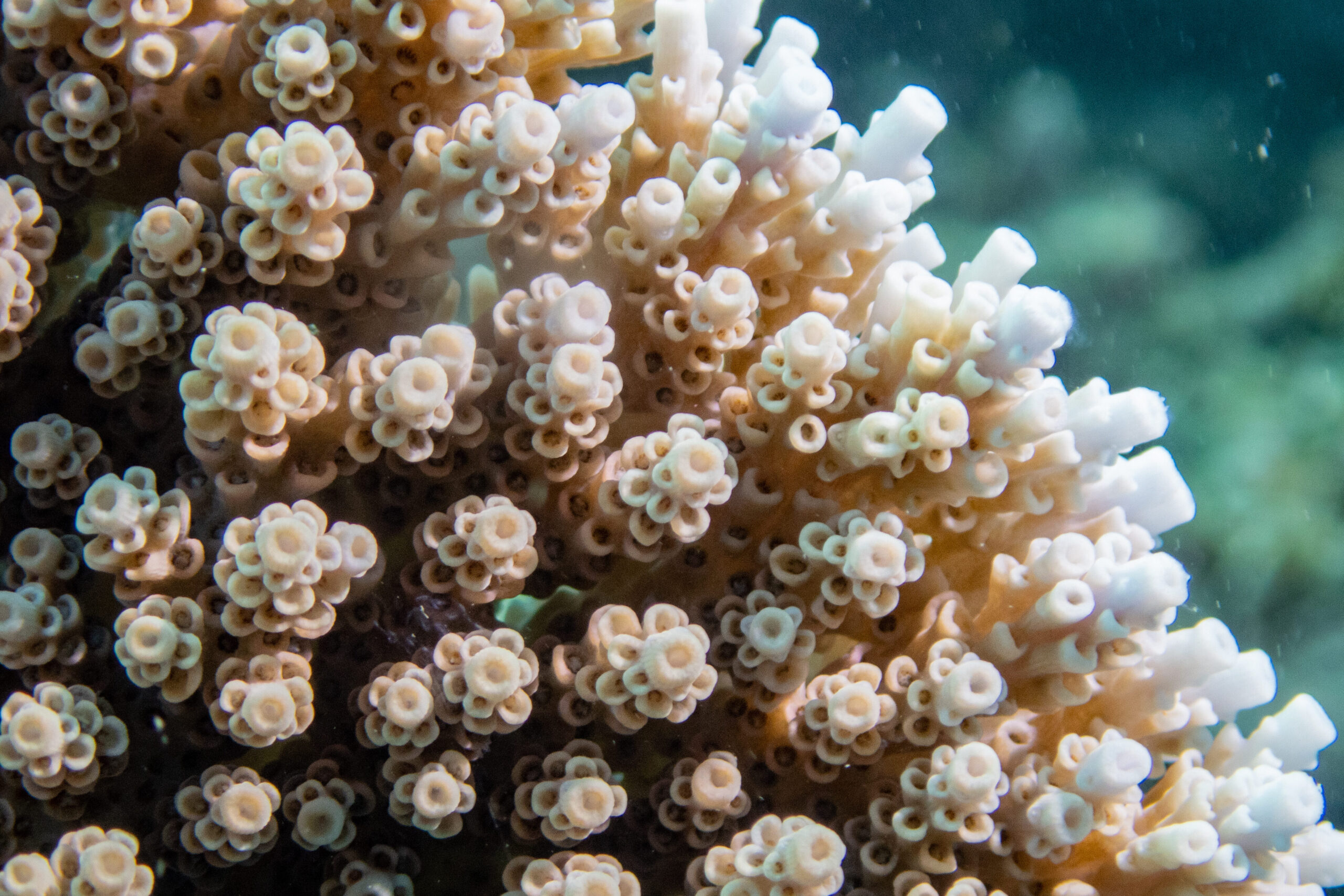
Queensland Museum Principal Scientist, Curator of Marine Biodiversity and JCU Associate Professor Dr Peter Cowman believes the study sets a new global benchmark for identifying coral species.
“It’s like reading the coral’s genetic history book. This allows us to identify new species with much more confidence and is revealing a hidden world of coral diversity that’s been right in front of us all along.”
